Although radiators do not stand out for their attractive aesthetics, we can integrate them into the decoration of the home or renew their appearance if we use specific paint to change their appearance.
We tell you the keys to choosing the right radiator paint.
What should we take into account when choosing paint for radiators?
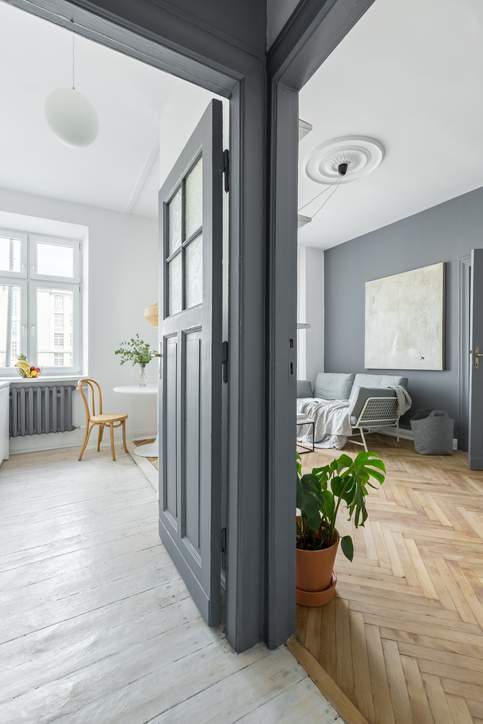
If you have already decided and you are going to paint the radiators to make them part of the overall aesthetics of your house, you should be aware that not all paints are suitable for this task.
So how can you know which paint to choose to apply to radiators?
Take note of the essential specifications to choose the right paint for radiators:
Resistance to high temperatures
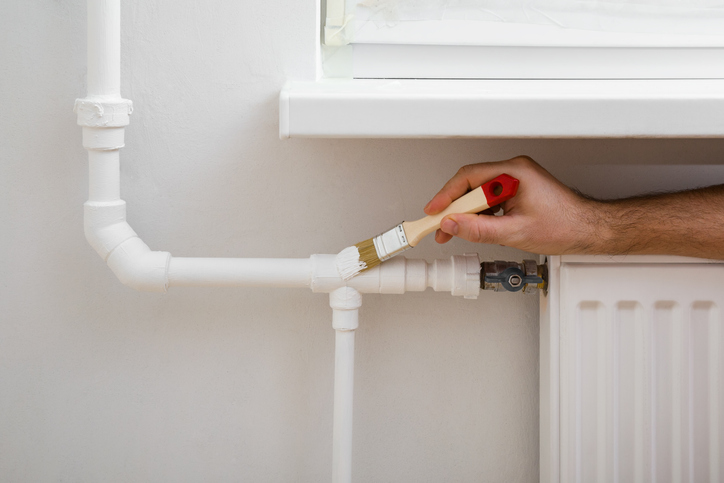
Radiators and the pipes that form them can reach a temperature of 70-80 ºC, especially during the coldest months of the year, so it is necessary to verify that the enamel you choose can withstand high temperatures, to prevent the paint from cracking soon after application.
Anti-drip enamels
Although not essential, non-drip radiator paints will make your job of painting radiators easier by preventing the floor from staining.
There are also quick-drying radiator paints that allow you to turn on the radiator the same day after painting.
Shockproof
In many occasions, it is common to unintentionally hit the radiator, so choosing a paint for radiators made with polyurethane, will prevent your newly painted heating system, look in poor condition after a short time.
This type of plastic material is very resistant to shocks, scratches and stains, making it one of the best alternatives for use in this type of elements.
Odorless radiator paint
Paints in general and enamels in particular give off an unpleasant odor after having applied them and it is necessary to keep the spaces well ventilated for a few days, although if you opt for a type of acrylic-based enamel, the odor will go unnoticed sooner than expected.
Single-coat enamels
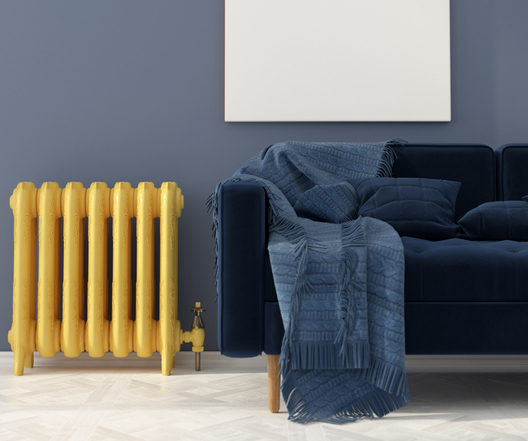
In the market you will find paints for radiators that require two coats to be perfectly covered but, nowadays, you can also choose single-coat enamels that cover perfectly with only one coat of paint, so you will save substantially, time and money.
Cleaning of painted radiators
If you’re worried about how you’re going to clean radiators after painting them, don’t be!
Most specific enamels for radiators are very resistant to household cleaning products, so you can carry out the cleaning of your house without any inconvenience.
Painting radiators step by step
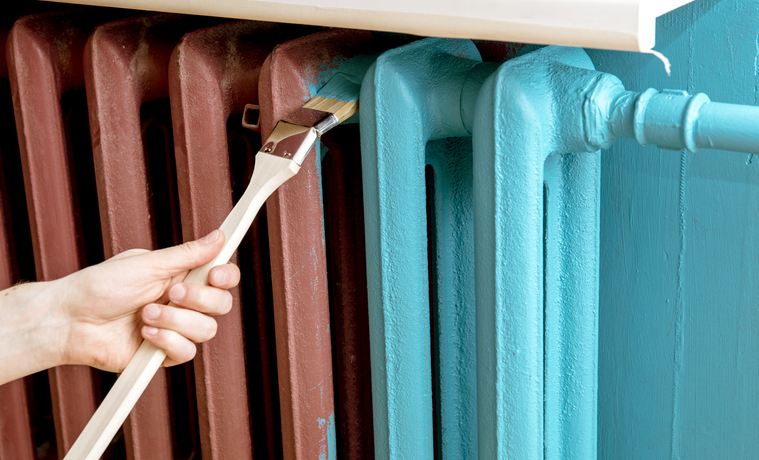
Before you start, you must take into account that the radiators must be off and cold, and use a cloth to remove possible stains and accumulated dust, so that the paint adheres to the radiator without complications.
If the radiator is still a little warm, the paint may drip and it will be more difficult to adhere properly.
- Protect the surface. If you thoroughly protect the floor, walls and items you don’t want to paint, such as the faucet or trapyou will save having to clean the paint stains for radiators that have been left afterwards. In addition, from Paratureforma we recommend that you remove the furniture or objects that are near the radiator to keep them also impeccable and free of stains and unexpected drops.
- After having removed the remains of dirt and dust from the radiator, you can sand its surface so that the paint adheres better. Then, wipe again with a damp cloth to remove the sanding residues and dry it well to avoid wet areas.
- Apply the primer. Although it is not an essential step in all types of enamels or paint for radiators, we recommend that you apply an antioxidant and anticorrosive primer. In this way you will achieve a perfect fixation. Let the primer dry completely before proceeding to the next step.
- Apply the radiator paint. Stir the paint can well before opening it so that all the components are perfectly integrated and, as soon as you have opened it, use a wooden stick to finish mixing it. Choose a special brush to paint the hard-to-reach areas of the radiators and apply the paint evenly from top to bottom.
- Allow to dry for at least 24 hours before turning the radiator back on, unless you have chosen a drip-free, fast-drying type of enamel.
Paratureforma tips for choosing paint for radiators
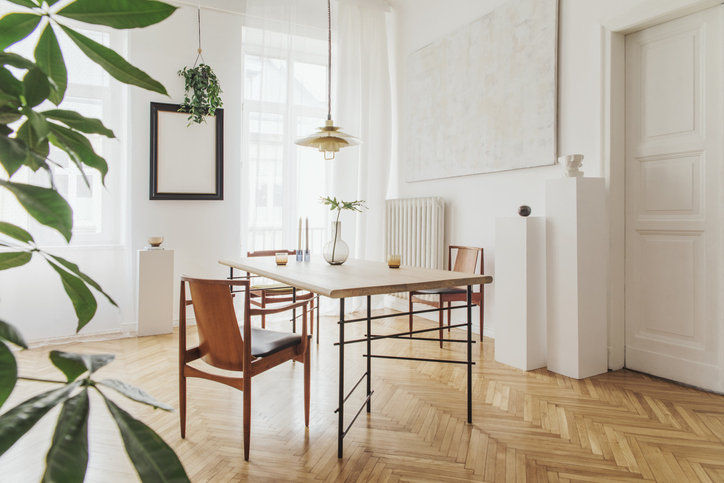
- Take advantage of the summer to paint your radiators. In less time you will achieve the desired effect.
- If you are going to use spray paint, make sure that the nozzle remains at a distance of 15 to 20 centimeters, with smooth movements from top to bottom. You will have to apply a second coat so that the radiator is perfectly covered.
- To paint antique iron radiators, we recommend that you remove the original layers of paint using a special purpose spray paint stripper , using a spatula, steel wool or wire brush to remove old paint residue.
- Depending on the aesthetics of your home, you can opt for very different paint colors: use the same tone as the walls if you prefer the radiator to go unnoticed, or choose a contrasting shade if you want to create an interesting focal point.
Enjoy radiators perfectly integrated into the decor of your home and renew their appearance with our step-by-step tips for painting radiators.



